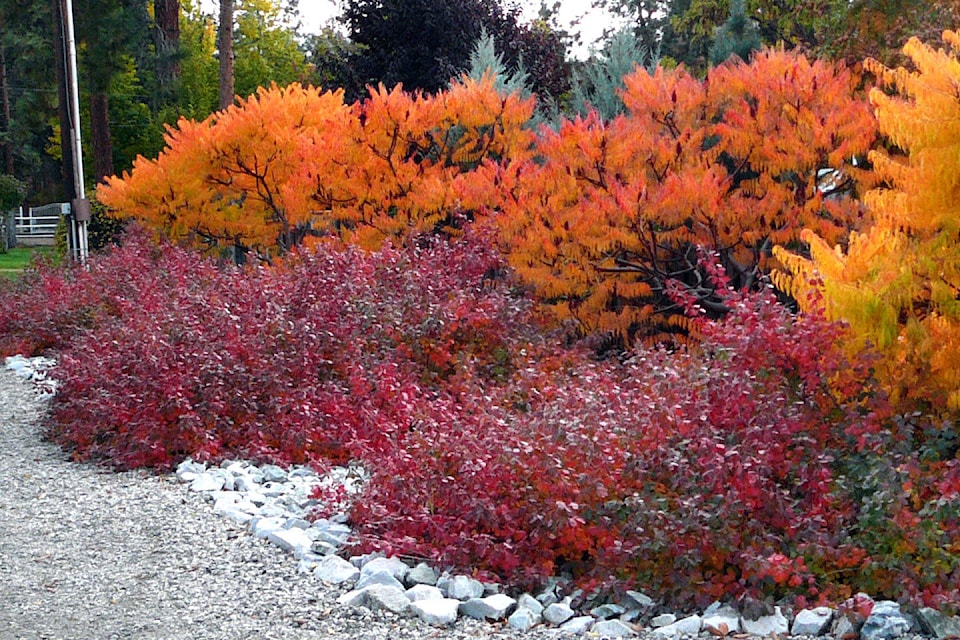Landscaping on a slope presents unique challenges for many people living on hillside properties.
Challenges include erosion control, watering, access for planting and maintenance, and weed control.
It���߲��о����s wise to choose extremely drought tolerant plants so that once they are established watering can be eliminated.
The best time to plant is in the fall when the air is cooler but the soil is still warm. Plants will grow until the ground freezes then begin again in spring as soon as the ground thaws thus being better established for summer drought and less water-needy than spring plantings. If you are putting in a watering system, use drip irrigation. Watering the whole slope encourages weed growth and erosion.
It���߲��о����s best to choose plants that require little or no maintenance to avoid having to garden on a steep slope. If there are weeds you cannot pull, try to keep them from flowering and setting seed.
If the slope is large, you might want to prepare and plant in manageable sections. Plants with spreading root systems help to control erosion as they will hold the soil.
The genus Sumac has several excellent species to choose from. All have aggressively spreading root systems that sucker to form colonies making them a nightmare in a garden setting but ideal for hillsides. They grow well even in poor, rocky soil.
Sumacs are rabbit-resistant and seem to be deer-resistant. The attractive ferny foliage turns brilliant orange-red in the fall.
Female plants produce showy, red to burgundy, vertical fruiting clusters which persist through winter and provide food for wildlife.
The most decorative variety is Rhus typhina ���߲��о����Tiger Eyes���߲��о����. The chartreuse leaves turn intense yellow/orange/red in fall.
More compact than the species, it grows in an upright, rounded form to about six feet high and wide and is slower to sucker.
An aggressive spreader, its parent, staghorn sumac can grow fifteen to twenty feet high and wide.
The native smooth sumac (Rhus glabra) is smaller at three to ten feet.
Rhus aromatica ���߲��о����Gro-Low���߲��о���� is a fragrant, low, dense, weed-suppressing ground-cover sumac about two feet tall by eight feet wide. The small, rounded leaves turn deep red in fall.
Silver lace vine and native white clematis (Clematis ligusticifolia) can be planted at the top of a slope. They will trail down to form a dense, weed suppressing mat. They need water to get started and to grow quickly. A drip line works well.
Both have white flowers in July followed by prominent, attractive seed heads.
This fall, xeriscape expert Eva Antonijevic will be teaching the popular OXA workshop ���߲��о����Introduction to the Seven Principles of Xeriscape���߲��о���� on Saturday, Sept. 29, 10 a.m. to 2 p.m. at First Lutheran Church, Kelowna or Saturday, Oct. 13, 10 a.m. to 2 p.m. at Summerland Ornamental Gardens.
Details and registration information are on the ���߲��о����classes���߲��о���� page of the OXA website.
Gwen Steele is executive-director of the non-profit Okanagan Xeriscape Association. Learn more about Gardening with Nature and plants for the Okanagan on the website at
To report a typo, email: edit@kelownacapnews.com.
<>
newstips@kelownacapnews.com
Like us on and follow us on .



